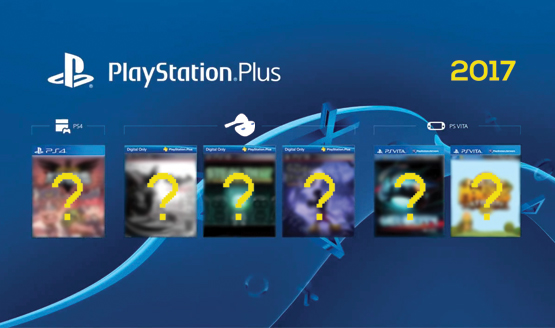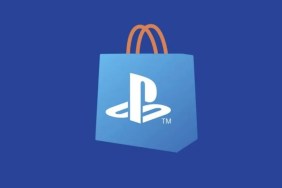PlayStation Plus, Sony’s subscription service that grants access to online multiplayer and the Instant Game Collection, among other features, recently surpassed its sixth year on the market and in that time, the premium package has become a cornerstone of the PlayStation ecosystem.
Considered a luxury at the outset, it was really when Sony announced plans to switch to a premium model with PlayStation 4’s online multiplayer that PS Plus was deemed a necessity and since then, members have gained access to Share Play, the Vote to Play program, and a handy 10GB of cloud storage.
It is, without question, a great package, and when you lump in those weekly discounts on select sale items, it’s small wonder why Sony currently presides over 21 million PlayStation Plus subscribers as of July 2016.
A Question of Value
But of that substantial user base, there’s a vocal minority that often calls the value of the service into question, with the Instant Game Collection proving to be one of, if not the main point of contention. Looking further afield and with the advent of both PlayStation VR and the confirmed PS4 Neo, is Sony primed to shake up PS Plus as we know it? Possibly retiring the lineups for either PS3 or PS Vita — or both?
If an overhaul is in the cards, it likely won’t take into effect until after the price hike in September at the very earliest and even then, if PSVR titles were to find their way onto the lineup they’ll likely be mid-tier experiences in the vein of, say, Batman: Arkham VR.
The question then for Sony is whether the platform-holder chooses to bolster the Instant Game Collection to accommodate its new platform, or cap the monthly selection at six and simply swap out either PS Vita or, in the more likely scenario, PS3 for PlayStation VR. Plus, with those in North America set to shell out an extra $10 for a 12-month subscription, can members expect a notable spike in quality?

Conjecture, of course, but it’ll be fascinating to see how the price hike coupled with the advent of new hardware impacts Sony’s service — if at all. It’s a point of contention we here at PlayStation LifeStyle thrust into the spotlight in our latest rendition of Now Loading, where staffers (myself included) contemplated whether the price increase is justified.
Because up until now, we’ve come accustomed to a fairly systematic rollout: PlayStation 4, PlayStation 3 and PlayStation Vita users get a combined total of six new games that are divided two per platform, culminating in a grand total of 72 freebies every year for PS Plus members. Lump in the added perk of Cross-Play, which enables those who own more than one platform to enjoy ‘Game X’ on multiple systems, and it’s difficult to argue against the service’s value on paper.
Even still, there’s a growing concern that PlayStation Plus has, in recent months, favored quantity over quality. Not every month can come packing a flagship title or a breakout indie in the vein of Helldivers, but there have been times — particularly in 2016 — when the software lineup has been lacklustre at best and so unremarkable that you forget to download them at worst.
Instant Game Collection
Sure, we’ve witnessed record-breaking triumphs. Rocket League springs to mind as one of the very best PS Plus games of 2015 — if not the service’s entire history. After all, this is a genre hybrid that has muscled its way into the über-competitive world of eSports and, more than one year after its humble debut, continues to attract a massive multiplayer crowd. But gone are the days when the Instant Game Collection welcomed the likes of Spec Ops: The Line and Kingdoms of Amalur: Reckoning on a monthly basis. Or are they?
It’s important to remember that PlayStation Plus has been live since 2010, when Sony only added four-to-five titles to the IGC with each passing month as the service set about finding its feet. Not only was PS Plus still in its infancy, it was also fairly unrivalled, and outside of competition from OnLive — a company that Sony would go on to acquire in 2015 — the package was one of the few options at a time when online streaming was still relatively unheard of.
As the PlayStation 3 entered its twilight years, buoyed by last-minute exclusives such as The Last of Us and Puppeteer, PlayStation Plus really began to hit its stride and by and large, each monthly update was met with hushed excitement. Perhaps it was Microsoft’s unveiling of Games With Gold, or the fact that, by 2013, Sony had access to a grand library of PS3 titles, but few would argue against the inherent value of PS Plus. In fact, official figures revealed that the Japanese giant rolled out more than $1,000 worth of free games during 2014 and 2015.
Fast forward to now and with increased competition from EA Access, not to mention Microsoft’s bettering of its own Games With Gold program, that value-for-money ratio has been called into question. So, what changed?
Is it simply the case that PlayStation 4 is relatively early in its lifecycle? Or has PlayStation Plus fell victim to its own success? Let’s not forget that Sony’s premium service was optional across PS3 and PS Vita during its formative years, at a time when subscriber numbers were estimated to be anywhere around four-to-five million.
Best Yet to Come?
Cue the arrival of the PlayStation 4, and the subsequent moment when PS Plus became mandatory for online multiplayer, and those numbers skyrocketed. As of July 2016, the total user base was just shy of 21 million, which is a fairly dramatic spike in the space of three years.
Has this meteoric rise had a bearing on Sony’s ability to broker deals with developers and secure titles for the Instant Game Collection? Offering an enviable platform for indie studios is one thing, and it’s this shotgun blast of exposure that helped create a bona fide phenomenon out of Rocket League, but unless they’re promoting an upcoming DLC launch or even sequel, it becomes difficult for Sony to give mid-to-high tier developers an incentive to essentially put up their product for free.
By the same token, that considerable jump in subscribers has surely affected the financial agreement between Sony and developers. Word of mouth and positive PR are all well and good, but a bigger audience means the platform-holder likely has to shell out more money to cushion the fact that the studio and/or publisher is essentially eating sales.

This aversion to handing out blockbusters to a vast portion of the PS4 audience also explains why we haven’t seen the likes of Knack, Killzone: Shadow Fall or The Order: 1886 rear their head on the IGC — it’s because all three hold some semblance of a physical and digital presence and are still, in some capacity, bringing in revenue. The price of one or indeed all three of those examples, multiplied by 24 million, certainly makes for an eye-watering valuation. Though it remans to be seen, that aforementioned price hike in North America could be one way for Sony to overcome such a conundrum.
It’s not as simple as that, of course, and there’s a lot of red tape tethered to PlayStation Plus that we, on the consumer side, aren’t privy to. However that may be, toss in the growing dissent among subscribers with the arrival of PlayStation VR — not to mention PS4 Neo, though the hardware refresh isn’t likely to have much of a bearing on PS Plus as a whole — and it would appear a change, however small, is coming to truly justify the price increase.
If I was a betting man, I’d lump my stake on the PlayStation giant cutting the Instant Game Collection down to five titles before the year’s end, nixing one PS3 and Vita title apiece and replacing them with a single VR experience. Whatever the case, October’s lineup will be pretty fascinating.
But what do you think? Indeed are you satisfied with your bang-to-buck ratio with your PlayStation Plus subscription? Do let us know.
Essential Reading:
- PS4 Update 4.00 Overview – Here’s What to Expect
- Types of PlayStation Trophy Hunters – Which One Are You?
- Top 5 Most Overhyped Games
Now Loading...PS+ Price Increase
-
Now Loading...Is the PS+ Price Increase Justified?
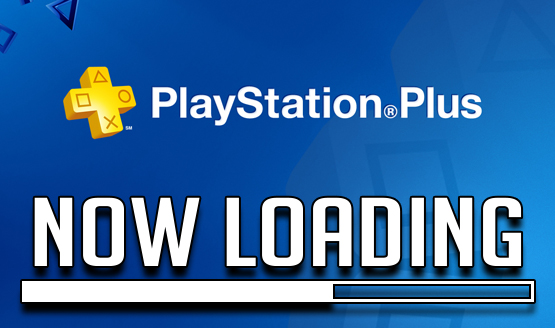
-
Cameron Teague
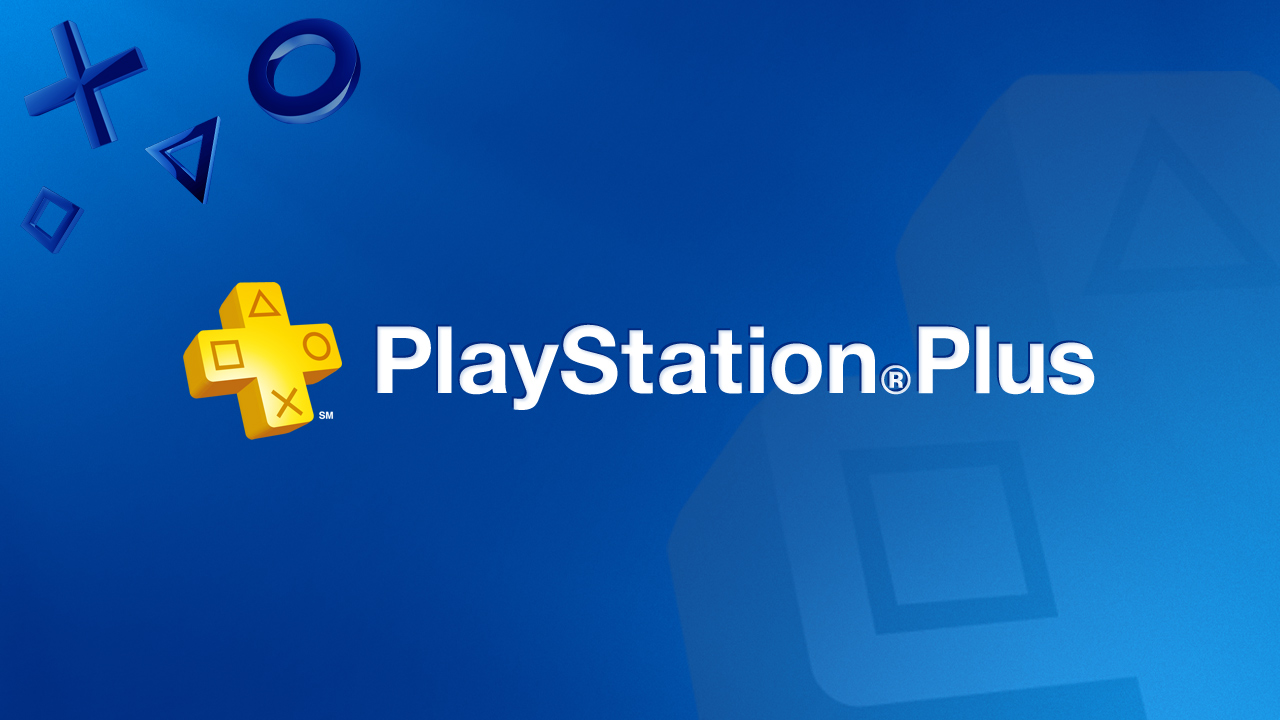
I think with the value we have gotten from PS+, an increase of $10 is nothing.
-
Michael Briers

It's likely Sony's way of bracing for the arrival of new hardware over the next few months -- be it PSVR, Slim and/or PS4 Neo. That, and the fact that the total number of subscribers has ballooned since 2013 (around 21 million currently), meaning Sony surely has to shell out more money to convince developers to add their games onto the IGC, and a $10 price hike isn't all that bad.
-
Stephen Bitto
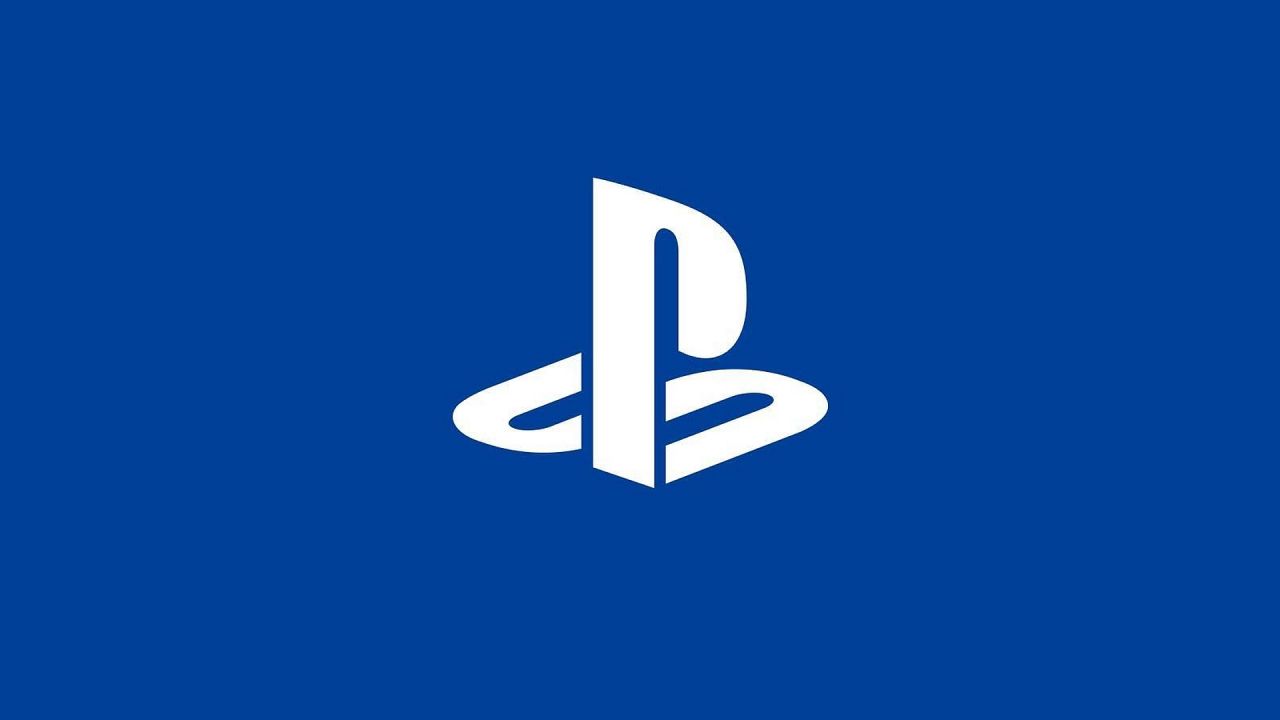
I'm not sure that now is the best time to increase the price of PS Plus. People would have been more receptive to it last year. If it was coming down the pipe, they could have also waited until they had a fan pleasing PS Plus lineup or a big update like PSN name changes to announce. It's important to note that newer subscribers haven't seen the crazy return on investment many of us longtime subscribers have cashed in on. Personally, I'm happy to pay the extra $10 but newer subscribers will not be.
-
Keri Honea
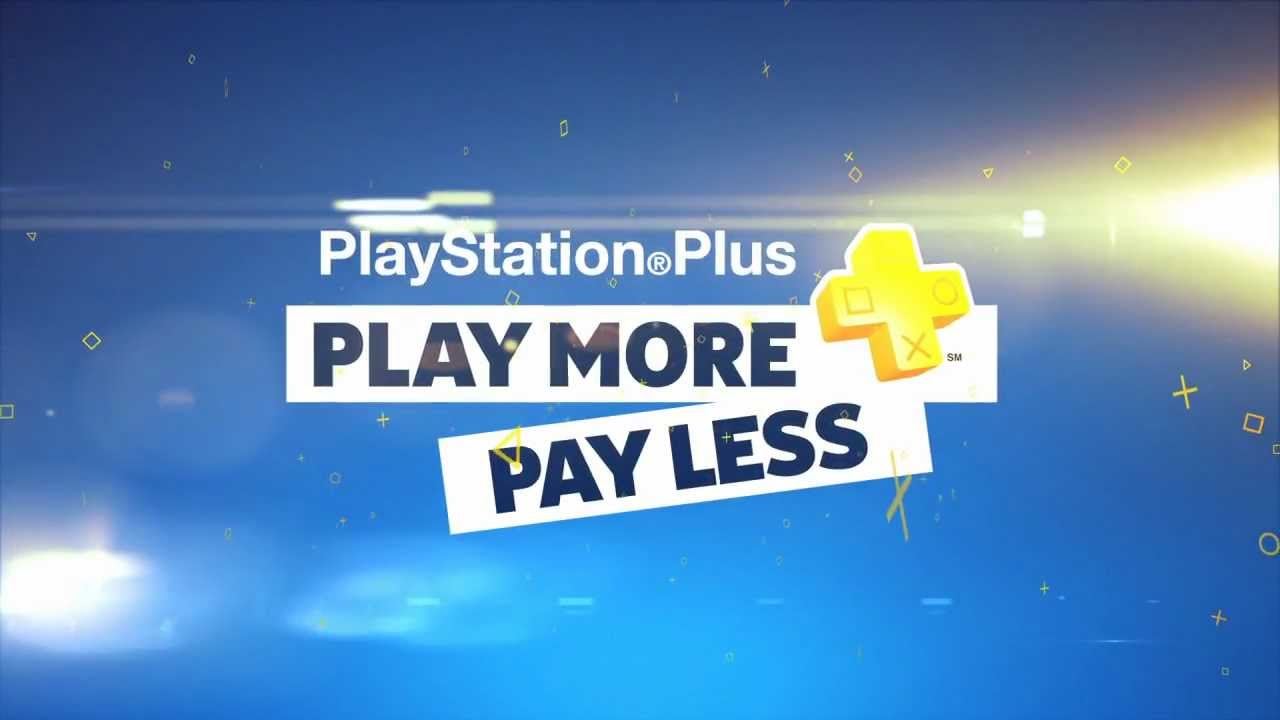
Eh, so now it's the same as my Xbox Gold subscription. Doesn't bother me at all
-
Zarmena Khan
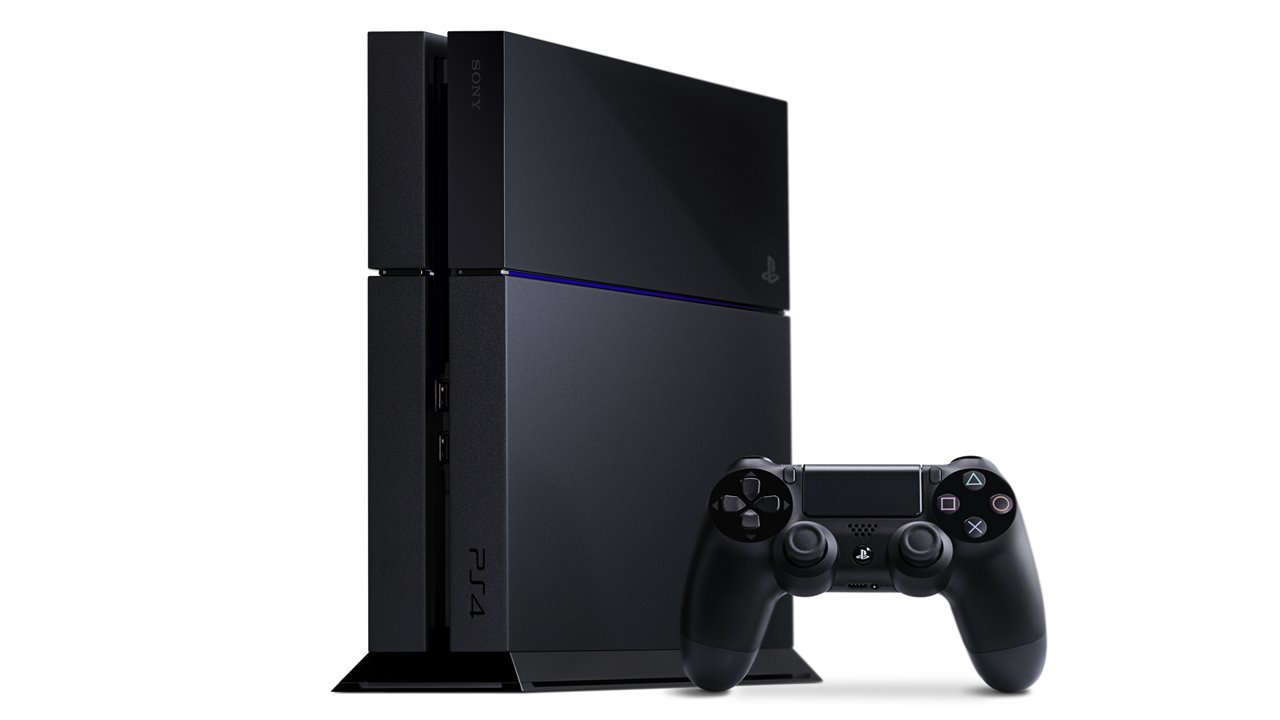
I haven't subscribed to PS Plus in nearly a year. That thing exists?
-
Chandler Wood
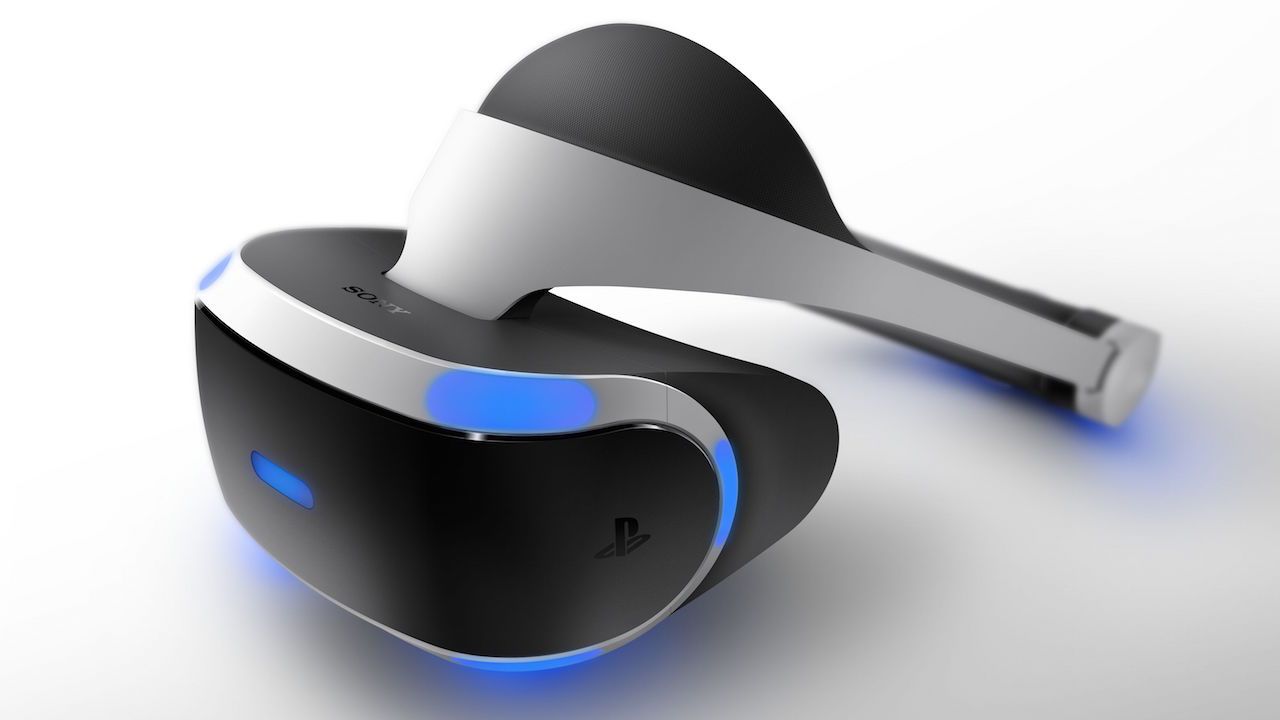
In the grand scheme of things, $10 is barely anything. Xbox Live Gold had always been $60, and originally didn't come with any additional benefits. $60 a year is still a fraction of what we pay for other subscription services, and that's simply the cost of business.
I'm not going to try to pretend I know what they do or don't use the money for, or why the increase was needed at all. I do think that gamers are going to flip out a little bit, go into panic mode, instantly call Sony all sorts of unfair names based on their own thoughts and assumptions about it, but the truth is, we weren't in those meetings to determine that increase, and don't have the spreadsheets that show all the details.
For the sake of supporting new hardware like PlayStation VR, and continuing to push technological initiatives, firmware updates, and a better network, I'll happily pay an extra $10 a year. Or I'll stock up on a couple more year's worth of subscriptions at $50. Either way Sony gets my money.
-
Alex Co
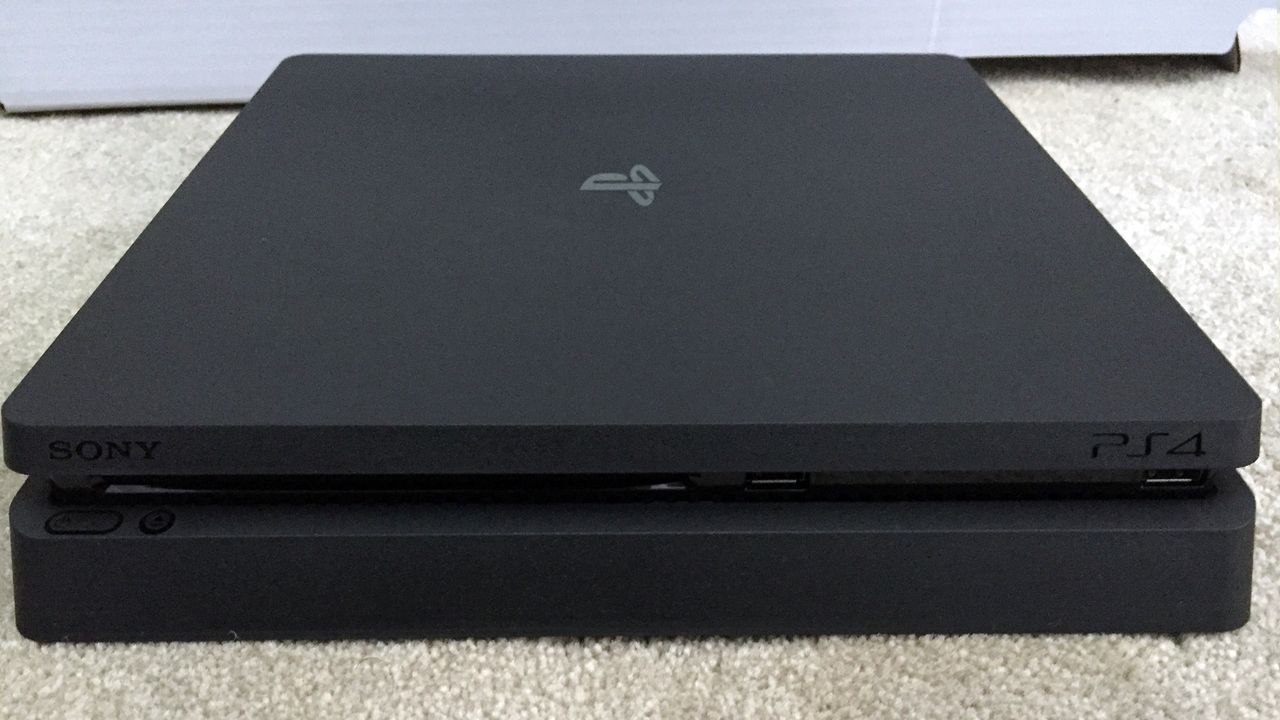
I'm not a fan of the price hike, but at the end of the day, $10 isn't all that bad. I mean, it hasn't risen in price in what? Five years or something? And as some people will undoubtedly point out, it's now at par with Xbox Live. Sure, some might say that XBL is better, but we pay for it to play online (well, for me, mostly) and for the "free" games.
I understand if people are annoyed, but Sony could also be increasing the price to fund PSVR and other costs surrounding the PlayStation brand. It's not always due to "we greedy slobs want to!" and such.
That said, Sony needs to ramp up its PS+ free games though. If they release better games every month, then this is something that people will forgot fast.
-
Mack Ashworth
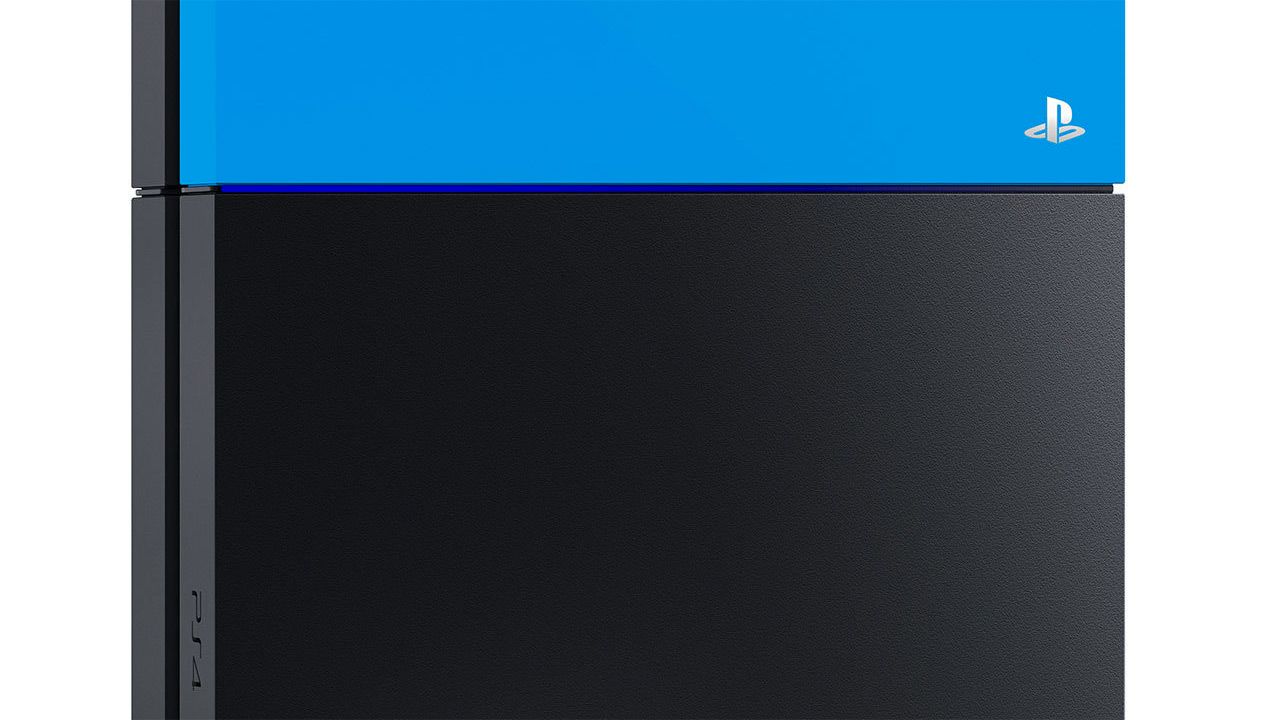
Hmm, not sure the service is deserving of a $10 increase, what with how unstable it's been. However, we've had some decent "free" games recently, so I guess we shouldn't complain too much...
